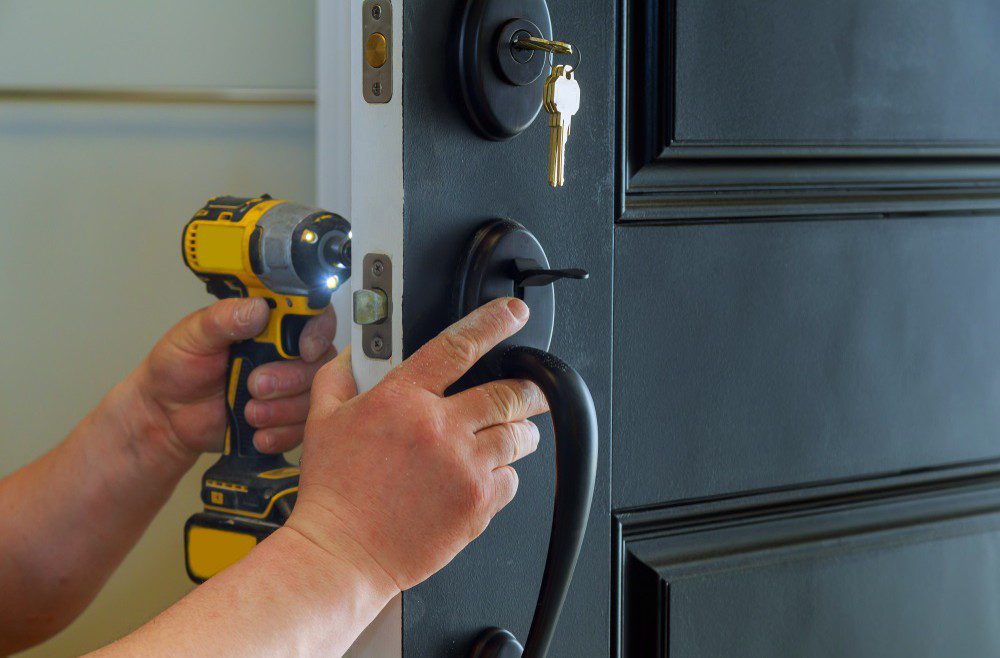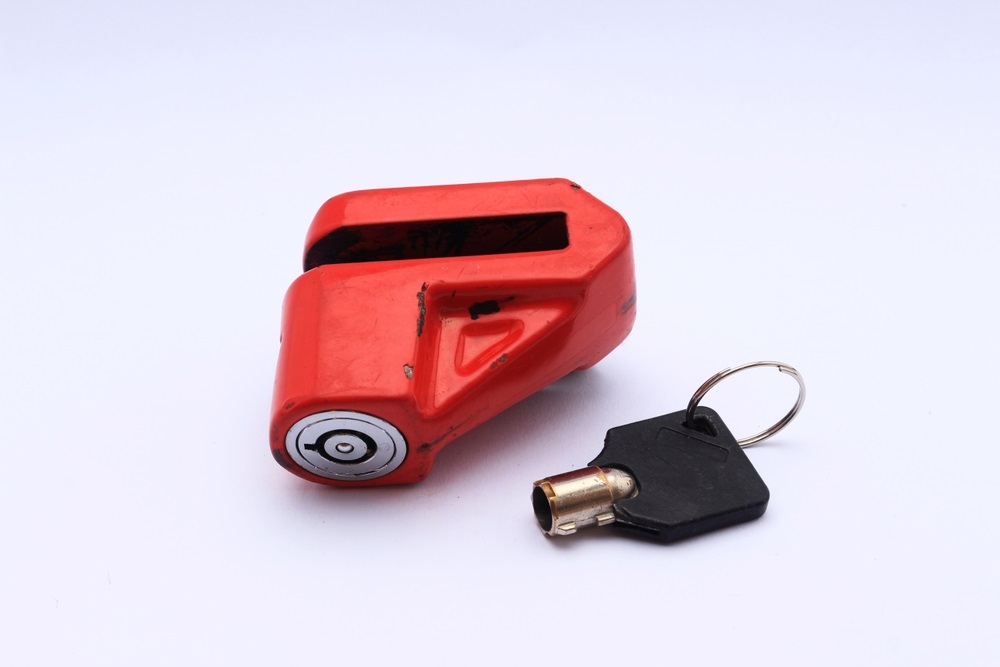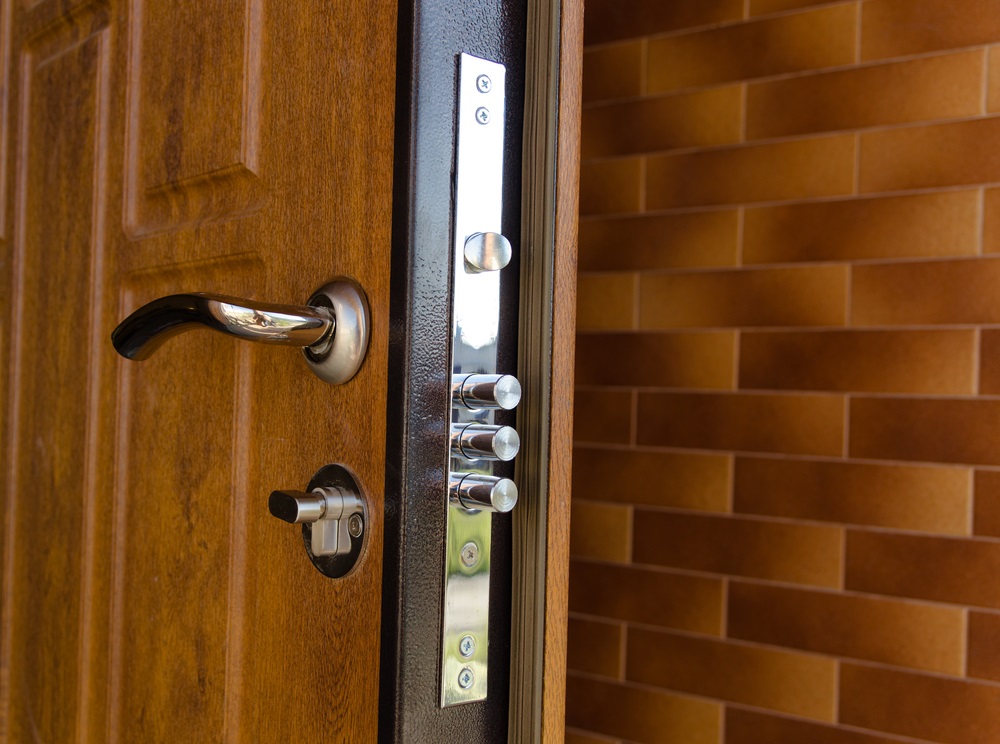Do You Need a Local Locksmith In New Orleans, LA? Call Royal Locksmith Now. License: F-2457
Do You Need a Local Locksmith In New Orleans, LA? Call Royal Locksmith Now. License: F-2457


Locksmiths are highly skilled professionals who can unlock locks, make keys for locks, and repair broken locks. A good locksmith can bypass the security measures on a lock to open it without damaging the lock itself. This can be achieved by using many different techniques and tools depending on how complex or restrictive the lock may be.

Locks and keys have been in use for centuries, and their basic principles have mostly stayed the same since their invention. Locks secure doors from unauthorized entry, while keys are used to open locks.
Keys have a specific shape that allows them to fit into the keyway of a lock; this shape is called a "key profile," and it varies depending on what type of key you're using (a house key or car ignition). Keys are made from metal and have grooves cut into them so that when you turn them in your hand as you insert them into a lock, this action creates resistance against internal mechanisms within the lock itself, which then causes those internal mechanisms to move out of place. Hence, as not only allows access but also prevents other people who don't have their unique setup situations from happening at once too quickly unlock themselves!
Nothing is more frustrating than coming home after a long day, only to find…
Locks are the backbone of security for our homes and businesses. We trust them…
Doors and their locks are the primary barrier between your personal space and the…
It’s a common scene: you're juggling grocery bags, a gym bag, and maybe even…
If you own a car with a transponder key or a keyless entry system,…
Locksmiths can help you get into your car if you lock the keys inside, they can help you get into your home if you lock yourself out, and they can help you get into the office if you lock yourself out.
Locksmiths are professional locksmiths who have passed an examination to prove their skills and knowledge about making keys and repairing locks. They use special tools called "laser cutters," which can cut metal quickly without damaging it (like a saw).

Key duplication is a process by which a new key is made from an existing one. It's different than cutting a new key, so distinguish them! Key cutting involves creating a new blank and then shaping it into its corresponding lock. Duplication takes an existing key, measures its dimensions, and then makes a mold using metal or plastic.
Key duplicating machines work by taking measurements from an original key, creating molds based on those measurements (made from metal or plastic), then inserting this mold into another machine that presses out copies at high speeds until all required keys have been created.
Yes, a locksmith can make a key from a lock. However, there are some restrictions to consider:
Key impressions are a technique used to make a key from a lock. It is the most popular method of making a key from a lock because it can be done quickly and easily, even when no key is available or if the original has been lost or damaged.

Lock decoding examines a lock to determine its keyway and key that fits it. Lock decoding can be done by hand or with a tool, and it's used in forensic locksmithing to determine whether two keys are from the same manufacturer.
Lock decoding involves using your knowledge of how locks work to figure out what kind of keyway they use and what size (or other specifications) their keys have. For example, if you know that there are only three different kinds of pin tumbler locks--one where all five pins are active at once (called an "American" style), one where four pins are active at once ("European" style), and one where three pins are active at once ("Japanese" style)--then finding out which kind each lock uses will tell you exactly what type they're based on!
The action of removing a key from a lock is known as key extraction. Broken or trapped keys can be extracted from their locks. Professional locksmiths often do it, but it can also be performed by homeowners skilled at working with their hands and tools.
Key extraction involves using various tools to pry open the pins inside your lock so they're no longer aligned with each other properly--this allows you to turn your key again, allowing access back into your home or car!
Key origination is a locksmithing process that allows a locksmith to make new keys for a lock or cylinder. Origination is more advanced than key duplication and cutting, requiring special tools and training. A key machine is necessary for origination, which cuts grooves into the blank (or "blade") of an existing key to match those on your lock's tumblers. The result is a working copy of your existing key--you can use this copy in place of your original one until you get it replaced with one made by someone else in 2023!

Restricted keyways are a series of grooves cut into a lock that only allows certain keys to fit into them.
Restricted keyways are used in high-security locks because they make it more difficult for someone other than the owner (or someone with access to their key) to open them. Because these locks rely on physical alterations rather than just software updates, they're popular among businesses like hospitals and schools that need secure doors but still want easy access for staff members or patients with disabilities.
Making keys from locks is an important skill for a locksmith. It can be used not only to help customers but also in emergencies when no other option is available. However, the process is only sometimes straightforward and requires expert knowledge of different techniques and equipment. The answer to the question "Can a locksmith make a key from a lock?" depends on what kind of keyway it has (and whether they have access to one) and how easy access would be if they had no copy!
Need emergency locksmith services? Get in touch with Royal Locksmith today and let us solve your problem immediately!
Rekeying your locks is a security measure that should be applicable in different scenarios. It is a simple yet affordable solution that will help you to feel secure knowing no one can access your property…
Read More
Over the past years, technology has changed our perception of most things, and home security is no exception. Though the…
Read More
Working with a professional ensures you enjoy seamless installation of your physical security, access control integration, and an intrusion detection…
Read More
When was the last time you evaluated your home security? Do not fret if you haven’t checked the efficiency of…
Read More